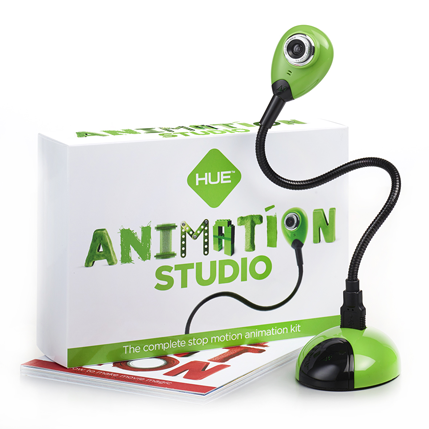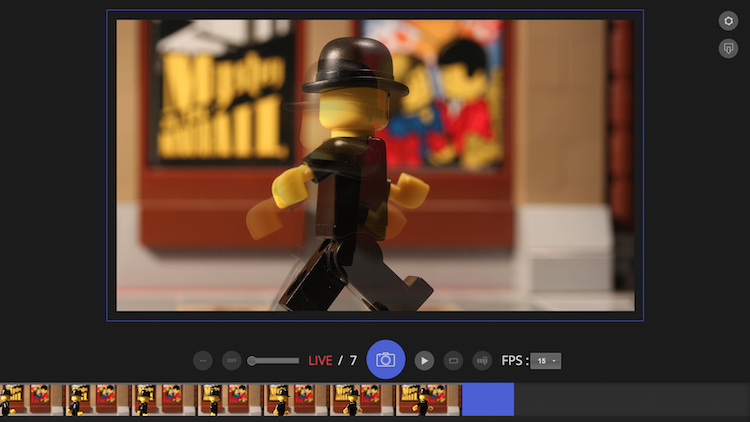

Get some lamps/torchieres/flashlights and experiment with lighting.
#LEGO STOP MOTION ANIMATION SOFTWARE HOW TO#
I recommend if you're just starting out with stop motion to get a good webcam like the Microsoft Lifecam to try out with your software and learn how to use its features and explore stop motion creatively. Stop Motion Pro, for example, supports a variety of webcams, video cameras, most Nikon and Canon DSLRs, and some Canon compact cameras. The short answer is like David Rouse said in his comment: pick your software first, then pick your camera off the compatibility list. And, DSLR or not, a model with an articulated rear screen will make it easier to position the camera where you can both get the right shot and still see the screen, without contorting yourself into a weird position. If you do get a DSLR, it's probably best to get one with "live view", the feature which lets you compose on the rear LCD screen rather than the viewfinder. Selecting a model with interchangeable lenses will give you more flexibility in finding a "look" that's right for your film. For this reason, it's probably a good idea to choose a larger-sensor camera - either a digital SLR or one of the newer "mirrorless" cameras. However, the higher-quality still images you can take, the nicer your final result.

Since video is usually much lower resolution than given by still cameras, that's not much of a concern - any camera will do, and will probably have high enough technical image quality. Any digital SLR or many high-end digicams will fit the bill here. And you're going to want to manually focus for the same reason.
#LEGO STOP MOTION ANIMATION SOFTWARE MANUAL#
You're going to want a camera which allows full manual control, because automatic exposure settings might come up differently from shot to shot, ruining the flow of images.


 0 kommentar(er)
0 kommentar(er)
